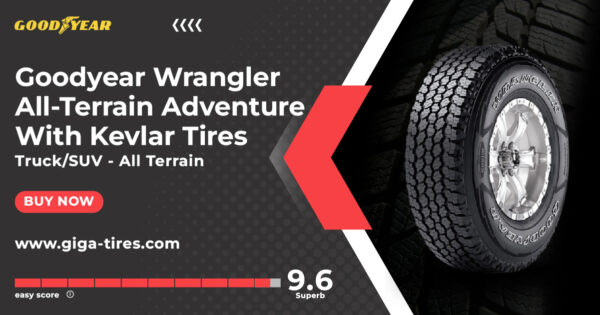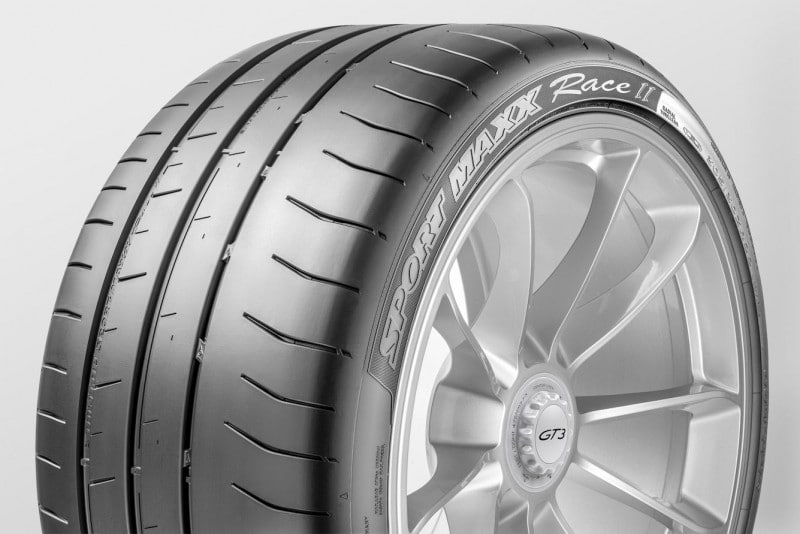All Categories
Featured
Table of Contents
I had the ability to obtain 100 hours out of among these tires, and while it had definitely no tire lugs left on it, the soft compound made it work very wellas long as I was making use of a soft mousse. Kitt Stringer image Easy mounting - 3Wear - 3Sidewall stamina - 3Performance on origins - 4Performance on wet rocks - 2Traction on dust - 5Cornering capacity - 4Traction while braking - 4Self-clearing of dust and mud - 3Performance in mud - 3Overall predictability or tracking - 3 _ 37 Verdict: This is a great all-around tire with excellent worth for cash.

The wear was regular and I such as how much time it lasted and exactly how consistent the feel was during usage. This would certainly additionally be a great tire for faster races as the lug dimension and spacing little bit in well on fast surface. Kitt Stringer image Easy mounting - 3Wear - 3Sidewall stamina - 3Performance on roots - 4Performance on damp rocks - 4Traction on dust - 4Cornering ability - 4Traction while braking - 5Self-clearing of dirt and mud - 4Performance in mud - 4Overall predictability or tracking - 4_42 Verdict: I liked this tire a whole lot.
If I had to acquire a tire for tough enduro, this would remain in my leading selection. Easy mounting - 3Wear - 3Sidewall strength - 3Performance on roots - 4Performance on damp rocks - 3Traction on dust - 4Cornering ability - 3Traction while braking - 3Self-clearing of dust and mud - 4Performance in mud - 4Overall predictability or tracking - 3 _ 34 Verdict: This tire was very soft and pliable.
All the gummy tires I tested performed relatively close for the very first 10 hours or two, with the champions mosting likely to the softer tires that had far better traction on rocks (High-quality tyres). Investing in a gummy tire will certainly provide you a solid advantage over a routine soft compound tire, yet you do pay for that advantage with quicker wear
Top Tyre And Wheel Services
Ideal value for the biker that wants respectable efficiency while getting a fair quantity of life. Ideal hook-up in the dirt. This is an excellent tire for springtime and autumn problems where the dirt is soft with some wetness still in it. These tested race tires are excellent all over, yet use quickly.
My general winner for a hard enduro tire. If I needed to spend cash on a tire for everyday training and riding, I would certainly choose this one.
Wheel Alignment Services Near Me
I've been running a set of Michelin Power Pilot 2CT's on my track Daytona 675 for the past year. In that time I have done 15 track days in all weather conditions from chilly damp to super warm and these tires have never missed a beat. Discount car tyres. I have actually done nearly 2,000 miles (3,200 km) on them and as you can see from this shot of the front taken after initial session of my 15th track day on them, they still have rather a lot of rubber left on them
In other words the 2CT is an amazing track day tyre. If you're the sort of motorcyclist that is likely to experience both damp and completely dry problems and is beginning on the right track days as I was in 2014, then I believe you'll be hard pushed to locate a better worth for cash and experienced tyre than the 2CT; a set of which will certainly set you back around 185 (US$ 300) in the UK.
Thinking of a much better all rounded road/track tire than the 2CT need to have been a tough job for Michelin. The result of that effort is the Michelin Pilot Power 3 which basically changes the Pure. Don't perplex this new tyre with the road going Pilot Road 3 which is not designed for track use (although some bikers do).
They motivate huge confidence and offer incredible hold levels in either the wet or the completely dry. When the Pilot Power 3 released, Michelin suggested it as a 50:50% road: track tire. That message has actually lately transformed since the tyres are now suggested as 85:15% road: track use rather. All the cyclist reports that I have actually checked out for the tire rate it as a much better tyre than the 2CT in all areas but especially in the damp.
Affordable Tyre Balancing Near Me
Technically there are several differences between both tyres although both use a dual substance. Aesthetically you can see that the 2CT has fewer grooves reduced right into the tyre however that the grooves go to the side of the tire. The Pilot Power 3 has more grooves for better water dispersal but these grooves do not reach the shoulder of the tyre.
One element of the Pilot Power 3 which is various to the 2CT is the new 2CT+ modern technology which expands the harder center area under the softer shoulders (on the back tyre). This must give a lot more security and minimize any type of "agonize" when increasing out of corners despite the lighter weight and even more versatile nature of this brand-new tire.

I was somewhat dubious regarding these lower pressures, it turned out that they were great and the tires performed actually well on track, and the rubber looked better for it at the end of the day. Equally as a point of reference, other (rapid team) riders running Metzeler Racetecs were using tire pressures around 22-24 psi for the back and 24-27 psi on the front.
Generating a much better all round road/track tyre than the 2CT need to have been a hard job for Michelin. The outcome of that effort is the Michelin Pilot Power 3 which essentially replaces the Pure. Do not perplex this new tire with the road going Pilot Roadway 3 which is not created for track usage (although some cyclists do).
Leading Tyre Packages ( Wanneroo)
When the Pilot Power 3 launched, Michelin recommended it as a 50:50% roadway: track tyre. All the biker reports that I've read for the tyre rate it as a much better tire than the 2CT in all areas yet specifically in the damp.

Technically there are quite a few differences between the two tires despite the fact that both make use of a twin substance. Visually you can see that the 2CT has fewer grooves reduced right into the tire but that the grooves go to the side of the tire. The Pilot Power 3 has more grooves for better water dispersal but these grooves do not get to the shoulder of the tire.
One facet of the Pilot Power 3 which is various to the 2CT is the brand-new 2CT+ modern technology which extends the harder middle section under the softer shoulders (on the rear tire). This should provide much more security and decrease any type of "agonize" when speeding up out of edges regardless of the lighter weight and even more versatile nature of this brand-new tire.
Although I was a little suspicious concerning these lower stress, it ended up that they were fine and the tires executed actually well on track, and the rubber looked better for it at the end of the day. Simply as a point of referral, various other (rapid group) riders running Metzeler Racetecs were utilizing tire pressures around 22-24 psi for the back and 24-27 psi on the front
Latest Posts
Best Performance Tyres – West Swan 6055 WA
Best Wheel Alignment Near Me
High-quality Tyres Near Me – Balga WA